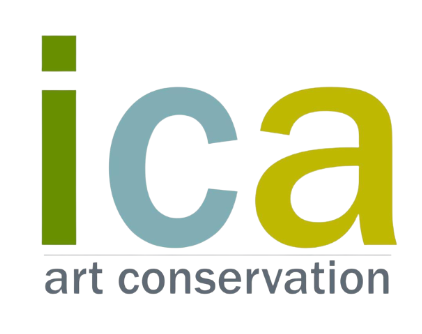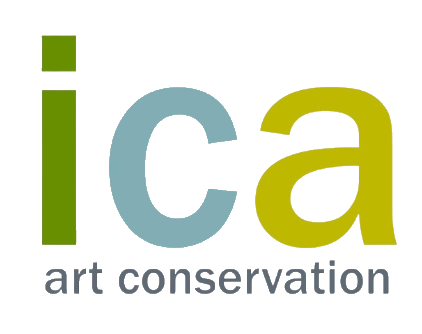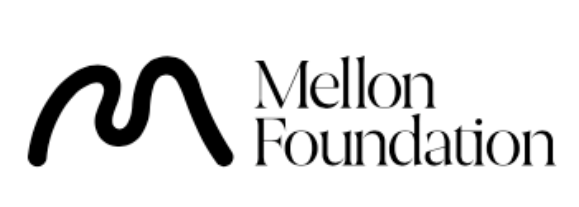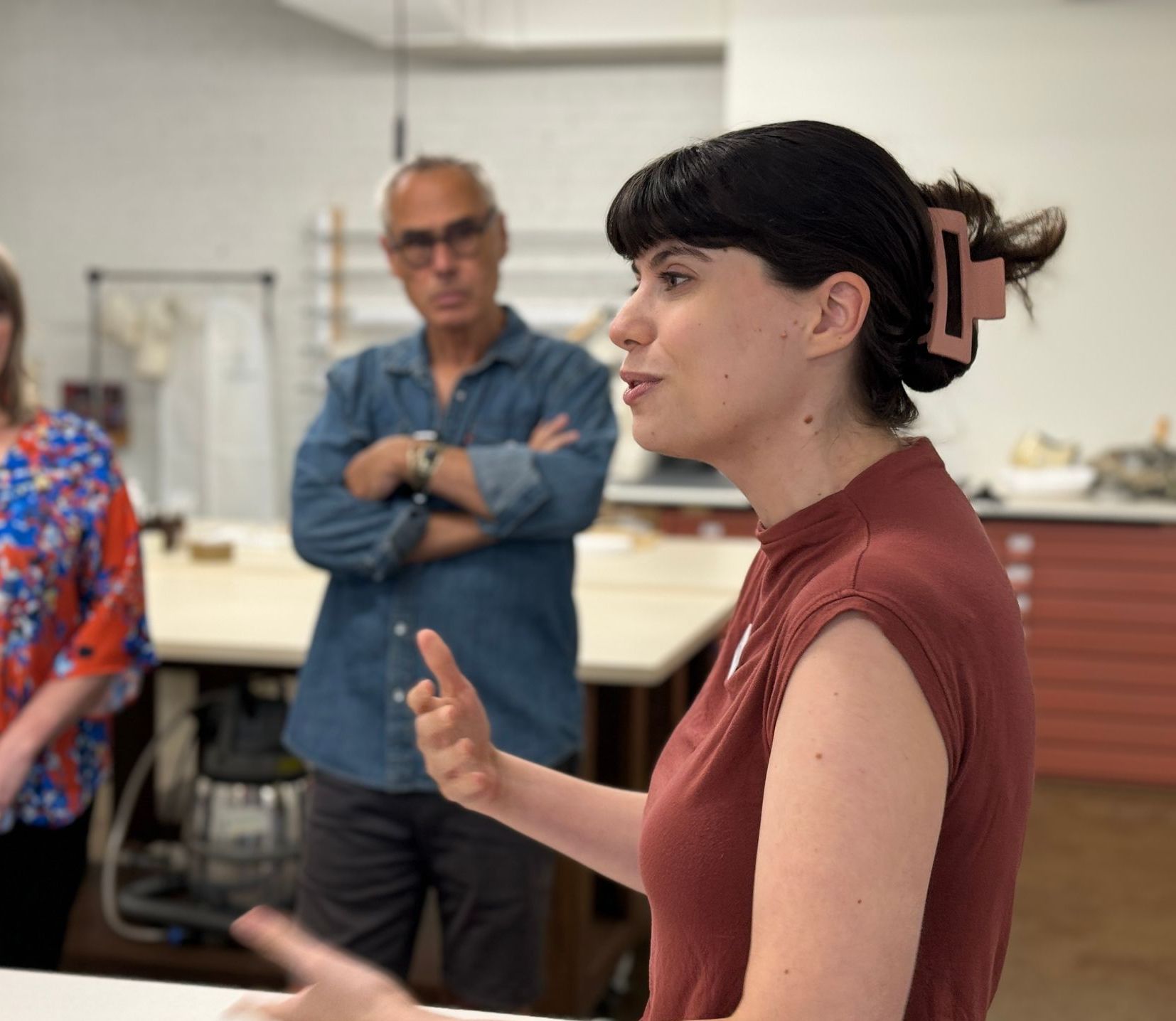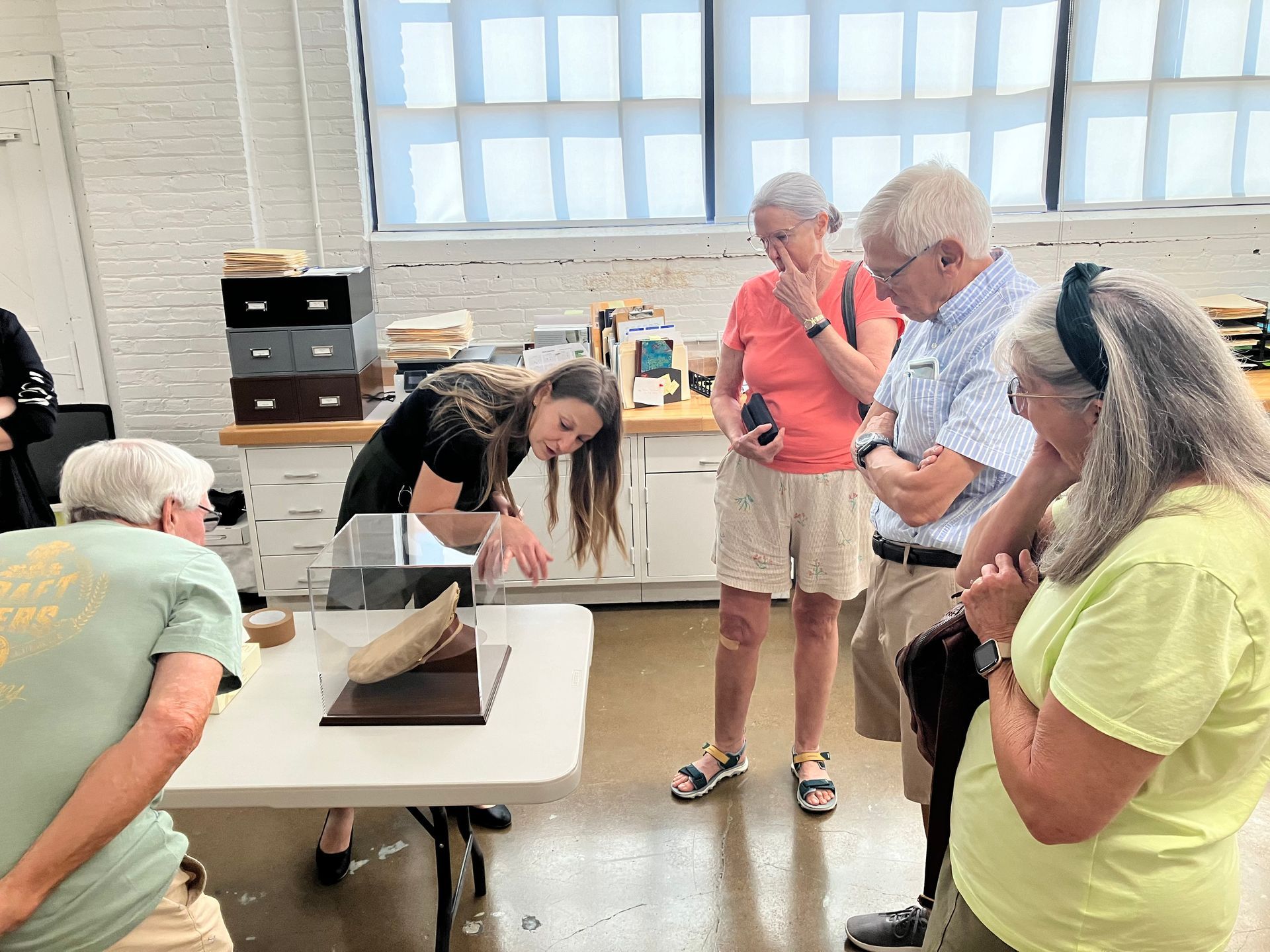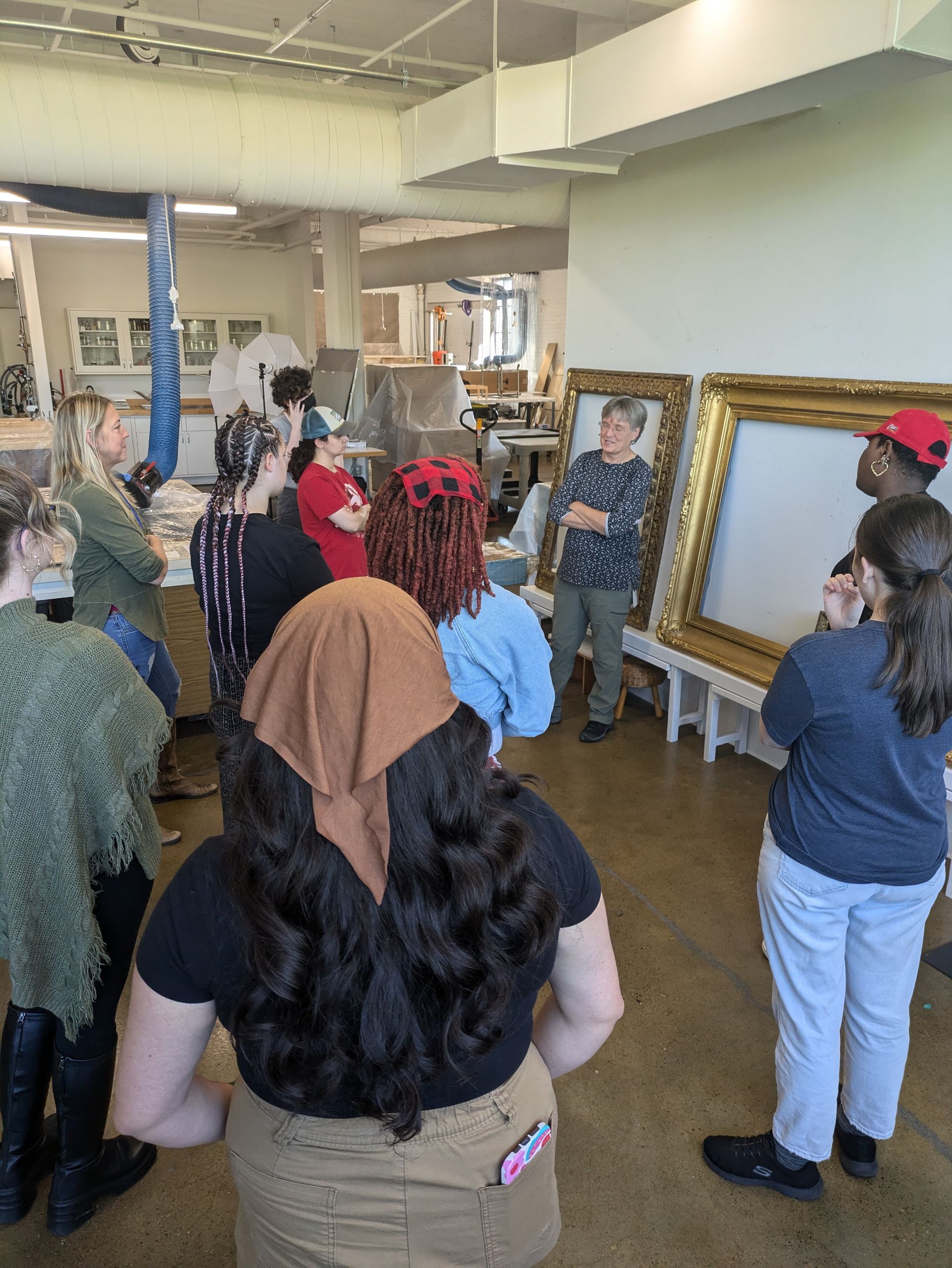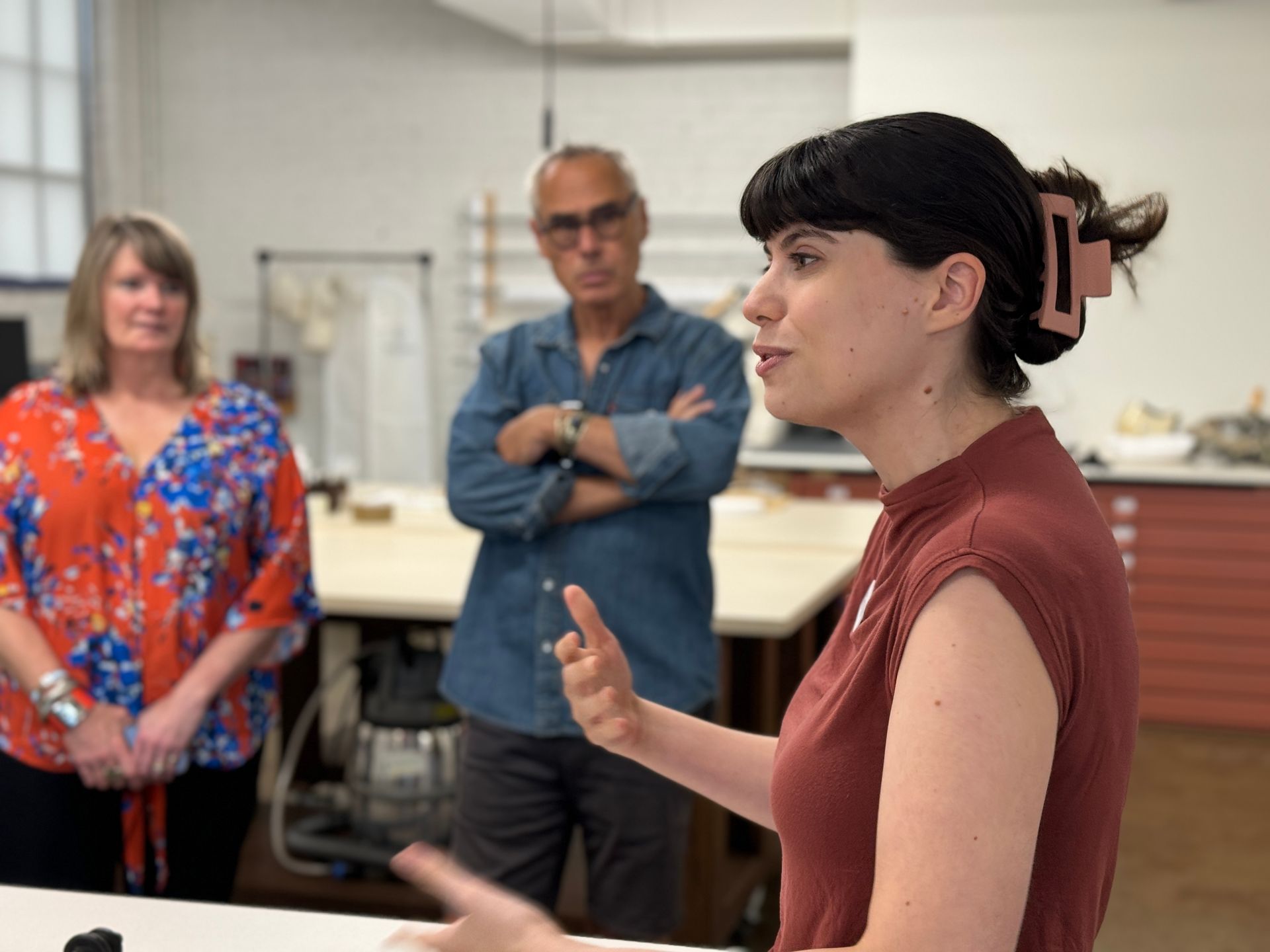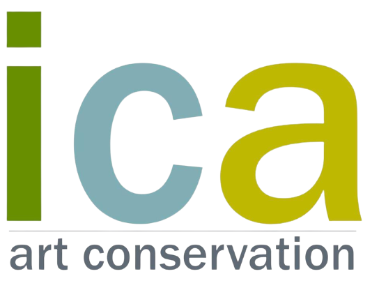Ways to Support ICA
As a nonprofit organization, ICA relies on support from individuals, corporations, and foundations to fulfill our mission to provide education about the field of conservation and importance of preserving our cultural heritage. Your support helps us continue to provide free and low-cost programs to all audiences who are interested in our mission.
Become a Member!
When your organization becomes an ICA member, it joins a unique cohort of organizations committed to prioritizing the preservation needs of their unique collection. Not only does membership express support for ICA’s mission and values; it also comes with some unique benefits for your organization, including your choice of one of the following annual benefit options:
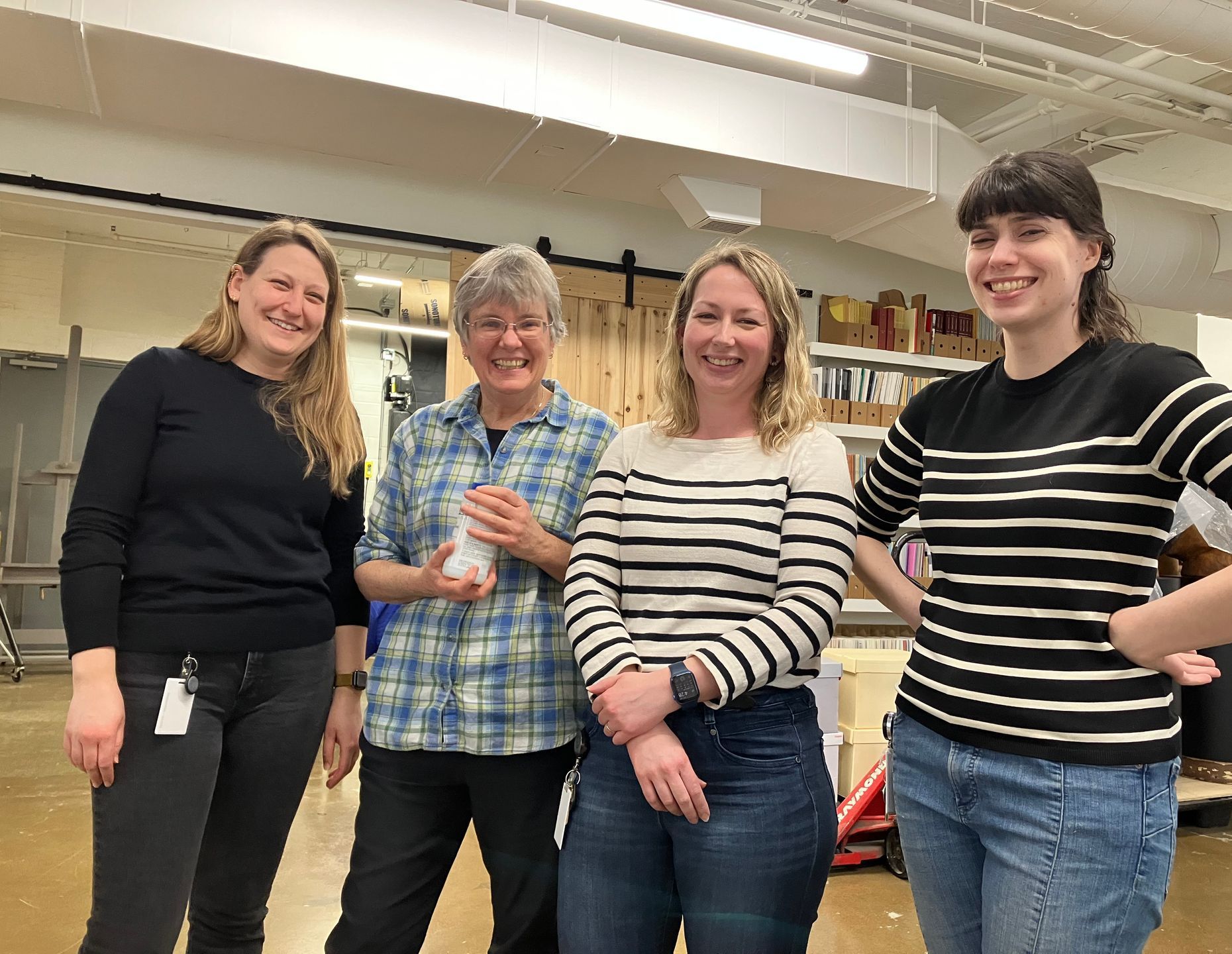
- Conservation Consultation (of up to three hours) at ICA or onsite at your institution (travel costs may apply for site visits outside the Cleveland metro area)
- A Treatment Proposal
- $400 discount on a conservation treatment of $600 or more
- Opportunity for a private tour of the ICA labs for your staff and volunteers, board, or donor group
Note: Private tours must be scheduled by August 31 and completed by November 30 for any given calendar year, so do not wait to contact us to begin planning for yours. Benefits do not roll over into the next calendar year.
Thank you to our current member organizations!

Akron Art Museum

Allen Memorial Art Museum

Buffalo AKG Art Museum

Butler Institute of American Art
Chagrin History Center
Cleveland Hungarian Heritage Society
Cleveland Public Library
Denison Museum, Denison University
Edison Birthplace Museum
Fairport Harbor Historical Society and Museum
Hiram Historical Society
Mahoning Valley Historical Society
Milan Historical Museum
Pro Football Hall of Fame
Reinberger Gallery, Cleveland Institute of Art
Rock & Roll Hall of Fame and Museum
Ross Art Museum
Stan Hywet Hall & Gardens
Akron Art Museum
Allen Memorial Art Museum
Buffalo AKG Art Museum
In addition to the annual benefit of your choice, all members will receive:
- Subscription to ICA’s quarterly e-newsletter
- Discounted registration fees for educational workshops and seminars
- Free preservation advice as needed, via telephone and email
- Access to ICA’s conservation reference library
- Option to rent facility for professional meetings/events
- Invitations to members-only events
If you have any questions about the membership process. please call us at 216-658-8700.
Donate to ICA
Individual Giving
At ICA, every object we conserve holds a unique story—whether it’s a family’s tale, a community’s legacy, or part of a cultural movement. That’s why individual gifts are so vital; they reflect your belief that these stories deserve to be shared for generations. By supporting ICA, you help us preserve our cultural heritage and ensure access to these important pieces of history. Every contribution, big or small, aids our conservation efforts and educational programs. Join us in safeguarding these treasures—your support truly makes a difference!
News & Events
Works on Paper with Kate Passannante
Pre-Program Student Lab Tours
First Thursday Lab Tours
Careers
Graduate Summer Internship in Conservation
The Intermuseum Conservation Association (ICA) is seeking a graduate student currently in an art conservation program with a desire to do serious benchwork working on projects a variety of labs, but with a focus on paper conservation.
Application closed.
Textile Conservator
The Intermuseum Conservation Association (ICA) seeks a full-time Textile Conservator to treat collection items for public organizations, government entities, individuals, and corporate collection stewards.
Questions? Answers!
Where is ICA?
ICA is located at 2937 West 25th Street in Cleveland, Ohio. We are proud to be tenants in the Pivot Center for Art, Dance, and Expression. Parking is located off Castle Avenue.
What are your hours?
We are open Monday – Friday, 9AM – 5PM, but you will need an appointment to meet with a conservator. Give us a call at 216.658.8700, or email connectwithica@ica-artconservation.org. No walk-ins, please!
How does this work?
Examination
The first step is to call or email to set up an appointment with the right conservator from our team. These initial consultations take about 30 minutes and are completely free.
When you come to ICA, the conservator will examine the object and talk to you about your intentions for it. Do you want to use it? Display it? Store it properly? Based on the condition of the object and your desired outcome, the conservator will give you an idea about what treatment she recommends and a cost range.
Treatment Proposal
To get a more specific estimate, you can then elect to continue on with a Treatment Proposal. You would leave your object at ICA and give the conservator a chance to do a complete and through inspection.
Then, she would send a document containing a comprehensive Condition Report, an outline of the specific treatment that would be completed, and expected outcomes. It also will have a more precise cost estimate for the work. The cost for a Treatment Proposal is $400.
The Queue
If you decide to proceed with treatment, we’ll ask you to sign a copy of the Treatment Proposal and pay a 50% deposit. Projects enter a conservator’s queue upon initial payment and in the order of payments received. At any given time, each of ICA’s conservators is working on several projects simultaneously and often has a project queue of six to twelve months.
Treatment
We get to do what we do best! The object is first photographed to document its current condition. Then treatment begins. The magic happens. When the treatment is completed, we photograph the object again to document the work that has been done.
Return Object to Owner
The conservator will let you know the project is complete and will work with you to set up a date and time for you to come to pick it up. In the meantime, you will receive a formal written Treatment Report, which will document the process and steps completed during treatment, and materials used. We will also send high-resolution images of the before and after treatment photos. The final payment is due upon completion.
Can you tell me how to fix my object over the phone?
No. While we are happy to speak with you, we cannot advise you in specific terms without seeing an object in person. Correctly assessing the condition of an object is a very complex process, and requires years of education and experience.
Can I stop by for a tour?
We love showing off our lab, but need some notice before visitors come over! Check out our regularly scheduled tour options here.
Do you offer classes in…
Do you do appraisals? Can you tell me what is my object worth?
No. If you require an appraisal of your object, we suggest that you contact one of the professional organizations such as the American Society of Appraisers or pull from our list to local, Cleveland-area companies. ICA can also offer recommendations and referrals to other experts in the field.
How much does conservation cost?
It is rare for a project to cost under $1,000. Conservation can be complicated and painstaking; our conservators take pride in their careful and conscientious work.
Do you have to be a member of the ICA to bring in an object for conservation?
No! You do not have to be a member of the ICA to receive our services.
Here are some helpful resources for heritage institutions in Ohio*:
Heritage Ohio
LSTA Conservation & Preservation Grant, State Library of Ohio
Ohio Arts Council
Ohio History Connection
Ohio Preservation Council
Preservation Ohio
Society of Ohio Archivists
*ICA is not affiliated with these organizations, but we think they do wonderful work!
What is the difference between conservation and restoration?
Great question! Conservation and restoration are both essential practices in preserving artworks and artifacts, but they have distinct focuses:
Conservation: This is the broader field that encompasses all efforts to protect and maintain the integrity of an object over time. It includes preventative measures to avoid deterioration, as well as treatments to stabilize and preserve items in their current state without altering their original features. The goal is to prolong the object's lifespan while maintaining its historical authenticity.
Restoration: This specifically involves repairing and returning an object to a previous state or appearance. Restoration may include replacing missing parts or retouching areas to make them look like they did at a certain point in time. While restoration can enhance the visual impact of an object, it can also risk altering its original condition.
In summary, conservation focuses on preservation and protection, while restoration aims to recreate or enhance the original appearance of an item.
Do you have a storage facility?
No. While we do have a secure, climate-controlled storage space for active projects, we do not offer fine art storage separate from active treatment.
Do you accept interns or volunteers?
Yes! For more information, please see For Students.
How do I become a conservator?
It’s a long road, but a rewarding one. Conservators typically complete an undergraduate degree, pre-program internships, three to four years of graduate work, and three to four years of fellowships/internships prior to official employment. Coursework in art history, studio art, and chemistry are required. There are five graduate programs in conservation in North America and many others internationally. You can find out more about becoming a conservator here.
Where can I learn more about the field of art conservation?
The American Institute for Conservation of Historic and Artistic Works (AIC) is the professional organization for our field in the US and their website offers a wealth of information about the field.
Join The Conversation.
Subscribe to our newsletter to receive regular updates on ICA’s conservation projects, educational programs, and upcoming events. Whether you’re passionate about art preservation or simply want to stay in the loop, our newsletter is your source for all the latest from ICA.
Contact Us
We will get back to you as soon as possible.
Please try again later.
Get In Touch
Open by Appointment:
Mon-Fri 10:00-4:30
2937 W 25th St. 2nd floor, Cleveland, OH 44113
What We Do
Education
Get Involved
All Rights Reserved | ICA - Art Conservation | Privacy Policy
